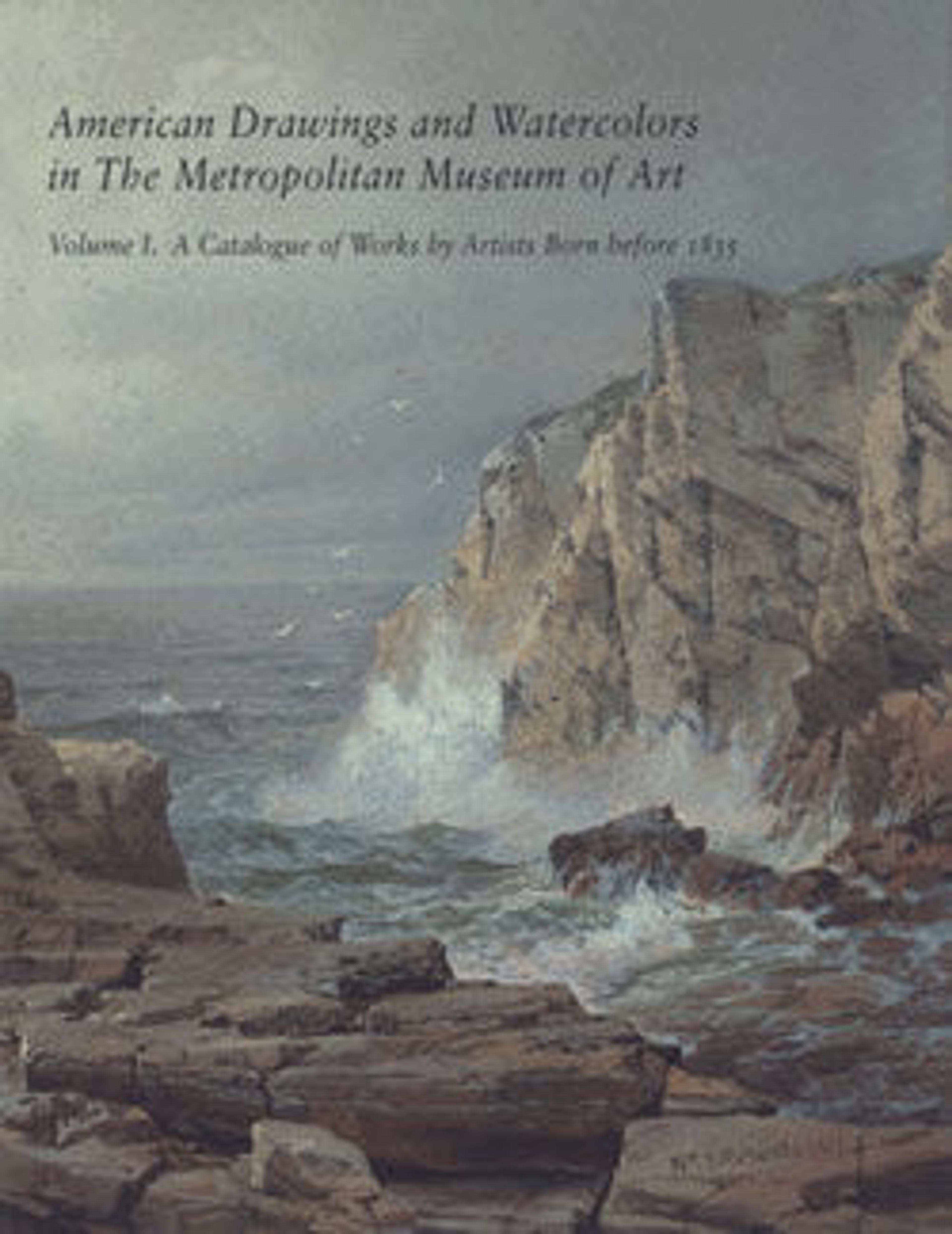John Quincy Adams
In his “Hints to Young Painters” (published posthumously in 1873), Sully wrote, with regard to painting a portrait: “The first sitting may be short, as pencil sketches on paper, of different views of the person, will be sufficient to determine the [com]position of the portrait.” In one or possibly two sittings with John Quincy Adams during December 1824, the artist made this watercolor study from life, an oil study (location unknown), and a bust-length portrait (National Gallery of Art, Washington), before painting the final oil picture (Philipse Manor, Yonkers) In the watercolor, Sully worked in layered and transparent washes to record the light source, his sitter’s pose, and the room’s embellishments, while capturing something of the character of both the sitter and his office. The small sketch in the bottom margin of the sheet indicates that Sully contemplated at least one variation in the final pose. Adams had been one of four candidates in the November 1824 presidential election, and Sully arrived in Washington in the interval between the electoral college’s indecisive vote on December 1 and the House of Representatives’ vote in Adams’s favor on February 9, 1825.
Artwork Details
- Title: John Quincy Adams
- Artist: Thomas Sully (American, Horncastle, Lincolnshire 1783–1872 Philadelphia, Pennsylvania)
- Date: 1824
- Culture: American
- Medium: Watercolor, black chalk, and graphite on off-white laid paper
- Dimensions: 10 3/8 x 6 1/2 in. (26.4 x 16.5 cm)
- Credit Line: Fletcher Fund, 1938
- Object Number: 38.146.1
- Curatorial Department: The American Wing
More Artwork
Research Resources
The Met provides unparalleled resources for research and welcomes an international community of students and scholars. The Met's Open Access API is where creators and researchers can connect to the The Met collection. Open Access data and public domain images are available for unrestricted commercial and noncommercial use without permission or fee.
To request images under copyright and other restrictions, please use this Image Request form.
Feedback
We continue to research and examine historical and cultural context for objects in The Met collection. If you have comments or questions about this object record, please contact us using the form below. The Museum looks forward to receiving your comments.
